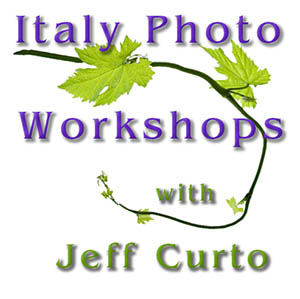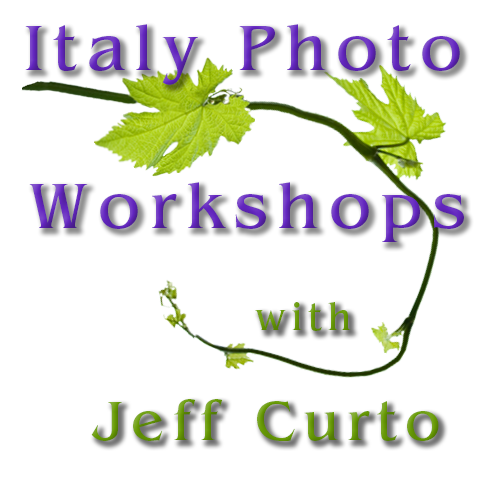Italy Travel Advice
I started making annual visits to Italy in 1989. Shortly after that, friends and acquaintances began to ask me for advice on "where to go, what to see, what to eat and where to stay."
Below is a very informal information to assist anyone who is planning a trip to Italy, organized by the areas I'm most familiar with.
If you'd like to travel to Italy with me and learn photography while you experience the country, see my Italy Photography Workshops: http://www.photographitaly.com
Jump To A Section:
General Advice for Travel in Italy
- Don't try to do or see too much - This is the biggest mistake that most travelers make. Think about trying to see your own country in one fell swoop; or even trying to see "all" of the major U.S. city you are most familiar with in just one day. It can't be done. Instead, concentrate on seeing a few things and seeing them well. Take your time and relax; you are on vacation after all. Also try to avoid hopping from one town to another too often. If you move from one hotel to another every night, about half of each day will be consumed by packing, traveling, finding the "new" place, checking in, unpacking, etc. Instead, consider staying in one place for a few days. You'll get a better flavor of the place and be more relaxed, too. Don't make checking an item off a list a substitute for getting a feel for the spirit of a place. This is why my Italy Photography Workshops seek to provide an immersive experience for the participants. My goal is to help them really see and experience the country.
- Get Up Early, Stay up Late - The light is so beautiful in the morning, and the crowds that throng to popular places don't arrive until after they've had a proper breakfast. Getting up early gives you quiet time in a place that you can't get any other way. Staying up late assures you that you won't miss the wonderful social time that Italians have late in the evening. You also will be more tempted to eat your evening meal when Italians do; sometime around 8:00PM or later. Of course, this means that you might want to reserve some time in the afternoon to have a nap, just like the Italians do.
- Get off the Beaten Track - Generally speaking, the farther you get away from large towns and cities, the more "pure" your Italian experience will be. Think about where you live and about whether a visitor to your part of the world would get a good understanding of where you lived by visiting the nearest large city. I am not suggesting that you ignore the amazing large and popular cities in Italy, but rather that you balance a visit to, say, Florence with a few days in the Tuscan countryside. In other words, watch where the crowds go and then walk or drive in the opposite direction. This is exactly the strategy I employ in my Italy Photo Workshops - we get to see the sights everyone wants to see, but we really do get off the beaten track as well.
- Don't try to keep up with Italian drivers - The best way to get off the beaten track is to drive a car. Bumping along a narrow dirt road in Italy is a wonderful thing and finding that little out-of-the-way chapel or the roadside pizzeria that will never appear in any guidebook is like finding buried treasure. This freedom comes with a price in that Italian drivers are usually better at the craft of driving a car than we are. They are more accustomed to high speeds, are better at car control and are more aware of what their cars can and cannot do. Be cautious and respectful and stay in the right lane (Italians always use the left lane only for passing). Be careful when you pass slower traffic because that little speck in your rearview mirror can become a thundering Alfa, BMW or Mercedes in a matter of seconds when it is traveling at over 150 MPH.
- Look for Agriturismo accommodations - "Agriturismo" is an Italian concept that makes clean, pleasant rooms available in farm or other country houses. It's a great way to get a sense of how people live get to see the way an Italian farm works, and it also happens to be a very inexpensive way to stay.
- Eat where locals eat - Italy offers one of the most satisfyingly wonderful gastronomic cultures on earth. You can eat well (really well) almost anywhere.I frequently ask people where I am staying where they go out to eat. Asking the desk clerk works, but asking the gardener is even better. I ask them where they would take their families for a meal, or where they would go when they want a good meal. What you'll find is that you can eat great food for small money. Even if you are too timid to ask someone, see if you can figure out where local folks eat by going a bit out of the way (see "beaten track" above) and looking for local cars or foot traffic.
- Learn a bit of Italian - Italians know that, unlike English or Spanish, their language is not very popular worldwide. Many Italians speak English and speak it well. This is especially true in larger cities and more touristy towns. Still, if you want to get on an Italian's good side (and be a polite traveler, as well) it pays to learn a bit of Italian before you go. Think about trying to learn Italian online or find an in-person tutor. Alternately, take a class or obtain a book of common phrases and vocabulary words and commit some of the beautiful Italian language to memory. The Italians you meet will be pleased that you've at least tried to fit in to their culture and you'll feel better about yourself. You can find a brief lesson in Italian that I have for my Photo Workshop students here.
- Buy stuff at supermarkets - If you want to buy things like bottled water or wine, cheese, bread and sausage for a picnic, you'll save a lot of money by going to supermarkets instead of the smaller shops. COOP is one of the largest chains, and you'll find them nearly everywhere. Plus, it's really fun to see how large the pasta aisle is! The flip side of this is that when you're in a small town, assembling a meal from separate visits to the wine shop, the bread shop, the cheese shop and the meat shop can be a lot of fun and very different from the way you probably buy food at home.
- Eat gelato as often as possible - To say that gelato is "ice cream" is to do it a supreme disservice. I'm not sure why we can't seem to make a similar product in the US, but Italian gelato is one of the greatest pleasures in the entire country. A serving of gelato can turn even the most disgruntled tourist into a calm and relaxed citizen of Italy. Eat it as often as you are able.
Roma
"If Rome were a meal, or a book, or a woman, or a wrinkled, wise and ancient face, it would be the only face worth studying,the only woman worth loving, the only book worth reading, the only meal worth eating. You must go and go and go again." –Anon.
Roma is an astonishing city... Crowded, noisy, bustling, gorgeous, and just generally fabulous. I have visited this city more than 30 times and each time is a revelation. It's why I often do photo workshops in Rome.
It's a great walking city, and, while you can't ever see "all" of it, you really can see much of what you would want to see by just hoofing it. Even if you’re just walking through stuff that isn’t in the guidebooks, it’s fun to see the places Romans go and eat and shop, etc. Check out this annotated map of the city. Print it out to see some numbered spots that are referenced below. I’ve put some markers in for some of my favorite spots, and then numbered them. Most of them are in my favorite neighborhood in Rome, which is the Centro Storico or "historic center."
It has a wonderful mix of Baroque, Renaissance and Ancient Rome, with the Piazza Navona, the Pantheon and some wonderful churches from various eras. The Pantheon is my favorite building in the world. It’s an amazing structure that has been in continuous use since it was erected it in 27BC. Go in and stand directly under the oculus that is in the center of the dome and look up.
In front of the temple, the piazza centers on Giacomo della Porta's late-Renaissance fountain and an Egyptian obelisk added in the 18th century. The cafes around the piazza are fun to sit in for a drink. As with everywhere in Italy, you’ll pay for the privilege of sitting down (standing at a bar is always cheaper) but it’s nice to sit and have a glass of wine and watch as the sun sets on a building that’s 2000 years old.
Around the left side of the Pantheon, sort of behind it, another obelisk (on the back of an elephant!) marks the center of Piazza Minerva . Behind the obelisk, the Chiesa di Santa Maria sopra Minerva hides some Renaissance masterpieces, including Michelangelo's Christ Bearing the Cross, an Annunciation by Antoniazzo Romano, and a statue of St. Sebastian recently attributed to Michelangelo.
If you turn your back on the Pantheon and walk away from it, taking the righthand choice of the two possible ways, you’ll pass the second-best (my opinion) gelataria in Rome, Della Palma. It’s a modern iteration of Rome’s obsession with ice cream. Continue on about 100 yards and take a right on via Uffici del Vicario and you’ll come to the Mother of all Roman Gelaterias, Giolitti. This place has been around since 1900. Go at night, preferably after 10:00 or 11:00. Pay for your ice cream at the front counter (most bars – of any sort - in Italy have you pay for your order before you order it from the barista) and then elbow your way through the crowd to the most amazing display of gelati anywhere. Order up from the barista (get “panna” or whipped cream applied in a slab-like fashion to the side of the cone) and enjoy. I’ve marked it on the map with a number 2.
The Piazza Navona isn’t too far from the Pantheon; it’s a great people watching place and the home of some amazing sculptural fountains by Bernini, including the “Quattro Fiume” or “Four Rivers” which dominates the center. The piazza itself is in the shape of an old amphitheater. Walking north out of the piazza and a bit east, you will find the Church of San Luigi dei Francesi at Via Santa Giovanna d'Arco 5 This is my very favorite art experience in Roma. This church is the seat of French Catholicism in Roma, and is home to three of Caravaggio's most famous paintings, including The Calling of St. Matthew. Open F-W 7:30am-12:30pm and 3:30-7pm, Th 7:30am-12:30pm.). Go in and go down the left aisle all the way to the front of the church. Put a Euro (pronounced “A-ooo-roh” by the Italians, by the way, not “Yur-oh”) coin into the box on the front wall and you’ll get a few minutes of illumination of one of the greatest paintings of the Baroque. Not only that, but you’ll be among just a handful of people who will visit the church that day. I’ve marked this on the map with a number 3.
If you walk south out of the Piazza Navona, you will come to the Campo di Fiore. Fiore is “flower” in Italian and if you go there in the morning, you will be treated to an amazing display of fresh food and housewares from vendors. Eating Dinner in Rome. Most of my favorite places are in the "Centro Storico," the historic center. My top choice is “Il Buco” (literally translated to be “the hole” but it really means “the mouth”). I’ve marked that with a number 4; it’s at Via Sant’Ignazio, 8. A combination of Tuscan/Roman cuisine, low-key atmosphere and friendly, non-obtrusive service makes Il Buco my first stop for dinner in Roma.
Marked with a number 5 is Pizzeria La Sacrestia, at Seminario, 89, which is very near the Pantheon. It’s a great place for a pizza, but also for a more hearty meal.
One last Roman suggestion, both for dinner and for the fun of it is to visit the Jewish Ghetto neighborhood. In old (not ancient) Rome, Jews used to be locked up at night in a section of the city. Therefore, there is a neighborhood that has kept the traditions of old Jewish Rome (Judaism being Italy’s second most popular religion). There is a restaurant there called Trattoria Giggetto at Via del Portico d’Ottavio 2 (marked with a number 6). Eat outside if the weather is nice enough, and you’ll be eating under the “Portico d’ Ottavia” or Portal of Octavius, one of Rome’s emperors. For antipasti (starters) you should order “carciofi alla giudea” and you’ll have a deep-fried artichoke that is amazingly wonderful. If you order “baccala’” you’ll have fried cod, also scrumptious. Both are old Roman-Jewish specialties, and are enjoyed by few Roman tourists and both are also astonishingly good.
The world's most transcendent coffee experience can be had just steps away from the Pantheon at Cafe Sant' Eustachio. Go to the cashier and ask for a "gran caffé." After you pay, cross the room to the well-worn and lovingly dented zinc counter and put your ticket down, asking the counter man for a caffé, and wait. As you wait, note that the barrista who makes the coffee is shielded from the public view by some panels on either side of his espresso machine. Apparently, some alchemy is employed in the process and it's a trade secret.
When your coffee arrives, you will see a thick (nearly quarter-inch) head of "crema" or foamy coffee essence on the top - I've never seen anything quite like it. Nor have I tasted anything like it. The coffee is rich, intense, aromatic and absolutely astonishing. To find Sant' Eustachio, face the Pantheon and walk past it, leaving it to your left. Turn right on the street that is on the back of the Pantheon, go one block and look for the unassuming storefront on your left. To download the Roma suggestions and map as a printable PDF file, click here.
Places to stay in Roma:
- Albergo Cesari - When I do Rome Photography Workshops, my students and I make the Cesari our home base. Ideally located in the "Centro Storico" section of Rome, it's a perfect location that I love and the hotel personnel are great, too.
- Albergo del Senato - A great place to stay that has one of the best views of any hotel in the world - It looks right out at the facade of the Pantheon. It's become pricey in recent years, though.
- Albergo Santa Chiara - Behind the Pantheon, near the Piazza Minerva.
- Hotel Portoghesi - A nice place that is about halfway between the Tiber and the Pantheon.
Back to Top
Firenze (Florence) & Tuscany
- Firenze -
Florence (Firenze in Italian) is an incredible city, and there's so much to see that (again) you really can't see it all. Here's one piece of advice that will be very useful; buy tickets to see some of the world's greatest art ahead of time. It will save you hours of waiting in line.
Florence lodging suggestions:
Hotel Monna Lisa Near the Duomo, and small. They have parking for a car, but you don't really want to be driving in Florence.. It's better (easier) than driving in Roma, but still is a travail. Better to hang in Florence for a few days, then rent a car on your way out of the city.
Hotel Santa Maria Novella - If you're taking the train into Florence, this is a great place to stay, as it's only a couple hundred yards from the train station, but also very near the Duomo, the Piazza della Signoria and the Uffizi Gallery.
- Toscana -
I think that perhaps the best advice I can give is that you go off the "beaten track" a bit, and Florence is a great base for a renting a car and making a daytrip into the countryside, making sure to avoid the main roads and stick to the "snake-ey" ones, where you get a sense of what the country really is. The place I feel most at home in all of Italy is Tuscany (map). It's probably the most popular destination in Italy, and for good reason; it's incredibly beautiful. Florence is amazing; filled with art treasures but the countryside outside of Florence is astonishingly beautiful; little hilltowns with beautiful churches and friendly people.
Perhaps my favorite places in Tuscany are the towns around Siena. Montalcino, Montepulciano and Pienza are my favorites. I especially like Pienza; it is a little jewel of a town that is not overly visited, and has a great hotel and some wonderful restaurants. In fact, I base my Tuscany Photography Workshops out of Pienza.
My workshop students and I always stay at the San Gregorio Hotel, just outside of the main gate to the city of Pienza It's a wonderful place to make as your headquarters in central Tuscany.
As mentioned above, Pienza makes a great base for exploring the wonderful hilltowns of south-central Tuscany. Montepulciano and Montalcino are both beautiful as are the much smaller towns nearby.
A couple of kilometers outside of Montepulciano is Sant'Antonio Country Resort. this is an outstanding place to stay, available only by the week. It's a high-end agriturismo (at mid-range prices) with owner/manager Nico looking after every detail. Highly recommended for its amenities, great location and wonderful value.
- Chianti -
The Chianti district is just about smack-dab in the middle of Tuscany. Chianti is the district where the wine of the same name is produced. In order to be called Chianti, the wine has to come from that area. It is beautiful; woods mixed with vineyards poplars. There are hundreds of places to stay in Chianti. The towns themselves are a bit more austere than those more popular towns of San Gimingiano, Siena or Montepulciano.
The very, very small town of San Sano has a great little B&B (with a restaurant) and one other restaurant. The wonderfully romantic Hotel Residence San Sano is a great place to have a quiet, relaxing base from which to explore the Chianti region.
Back to Top
Venice
Venice is a dream. There is no other way to describe it, though countless writers and artists have tried. It is also very crowded. It’s a city that really rewards getting up very early and exploring before the crowds get too awful. Then, go back to your room and have a nap during the heat of the day, returning at 3:00 or 4:00, by the time everyone else is tired and ready to leave. Of course, you have to see the main sites of San Marco, etc, but it’s a really great city to just wander about in. If you get lost, you can’t get too lost, because you’re on an island (when you’re in Venice, each time you cross a bridge, you’re on another island).
Finding reasonable lodging in Venice is tough, but possible. I stayed at Al Locanda del Leon and at Hotel Belle Arti in the Dorsoduro section of Venice and been very happy, too. When I do a Venice Photography Workshop, my students and I stay at the lovely and well-located Hotel al Piave.
If you find yourself in Piazza San Marco and the crush of tourists is just too, too much, know that sanctuary is nearby. There is a place that is literally just 2 minutes from the Venetian Ground Zero, but is quiet, tranquil and beautiful. It is the Cloister of Sant’ Apollonia. To reach it, you walk past the façade of San Marco, leaving the church to your right. Make your way through the “Piazetta dei Leoncini” (Little Piazza of the Little Lions) and follow the walkway that goes towards the back of the cathedral. Avoid the first bridge that you encounter (which cleverly dead-ends into a glass factory sales outlet). Turn right, parallel to the canal and cross the next bridge (stopping to look at the famed “Bridge of Sighs, which stands between you and the Grand Canal). Once off the bridge, turn immediately right and you’ll find yourself facing a doorway. Go through and into the sole remaining Romanesque cloister in Venice. Sit for a while and soak up the silence, knowing that only 100 feet away, people are vying for knock-off Gucci bags from the street vendors.
Gondolas are terribly expensive, but fun. In a lot of ways, it’s a lot more fun to simply watch the gondolas go by, especially at night on a dark and nearly deserted canal. The only other mode of water-conveyance that is more expensive than a gondola is a taxi. Try to avoid them if you are able.
You can get out on the water and move about easily and inexpensively in one of two ways. The best way is to take the water-buses, or Vaporetti. These are, in fact, buses that, like street buses in other cities, stick to regular routes. You can buy a single ticket, a 24-hour pass or a 72-hour pass. In point of fact, though, it appears as though no one really every checks tickets on the Vaporetto, so you could just “roll with it” and see what happens. One of the best ways to see a lot of the city from the water is the #1 Vaporetto, which makes its way down the Grand Canal, stopping at every stop. Try to get a seat in the front of the boat. This is especially fun to do at night.
Another way to get out on the water is to use something called a Tragetto. These are gondolas, but they aren’t as fancy as the “ride for fun” gondolas. They have the singular mission of transporting people across a canal where there is no convenient bridge. On the other hand, they are cheap and fun, as it’s mostly locals who use them.
An interesting suggestion for food is a Venetian tradition called a Bacaro. These are small bars which, from 5 in the afternoon to, say, 8 in the evening, serve some really great “snack-platters” of odd (but delicious) tidbits they call “Cichetti” (Chee-keh-tee). So, if you see a sign for a Bacaro, go in, have a glass of house wine (usually good and always the cheapest thing) and ask for “Cichetti Misto” (a mixed platter) and you’ll get a tray of seafood and roasted veggies and assorted other stuff. Cheap, fun and very “local.” Bacari are located all over the city.
Abruzzo
In 2007, I finally visited Abruzzo, the least populated region of Italy. I spent about a week in Santo Stefano di Abruzzo, which is a remote town (frankly, most of the towns in the Abruzzo are remote) near the Piano Grande, a huge national park high in the mountains. I've been back several times since, as it's an incredibly beautiful area that has very few tourists.
I stayed in one of the most interesting hotels I've ever visited, Sextantio, un Albergo Diffuso.
This "diffused hotel" is a very cool little hotel that's really a town. Most of a nearly deserted town and has been converted it into a very, very interesting hotel where the rooms are actually in the old houses that once made up the town. I highly recommend staying there... hard to get to, but amazing once you're there. In 2008, I went to Scanno, another small town in the Abruzzo, very high in the mountains. I devoted one of my Camera Position podcasts to Scanno. http://www.cameraposition.com/archives/169
I stayed at La Casa Costanza B&B which was pleasant (and inexpensive). Costanza speaks excellent English. Cartier-Bresson and Mario Giacomelli are photographers who spent time there and made significant photographs in this very interesting town. I was there in the spring, but it looks like it's a very, very busy place in the summer, as I'm sure it's very cool there then. I was amazed to find that many of the women still dress in the same costumes that they did in the '50s when Bresson was photographing there.
Back to Top
The South
- Sicily -
One of my first concerns prior to leaving the U.S. was that it would be hard to secure a ferry ticket. I had had experiences in parts of the United States where ferries were booked months in advance for popular tourist destinations, but this is not the case in Sicily. If you are in a car, drive to the southern tip of the Calabrian peninsula and you will find a number of ferry lines and a very efficient system of having you park, buy a ticket and then line up to get your car onto the ferry. The trip is short from Reggio di Calabria across to Messina in Sicily and not terribly expensive, either.
Trains regularly make the passage on special "train ferries," so that's an option, as well. I was, frankly, surprised by the length of the drive from Roma to Sicila; if I had to do it again, I'd probably fly directly into Sicila or take the train there and rent a car once I got there.
I think you really need a car to get to the "best" spots. In my experience, Sicily is less expensive than other parts of Italy, especially if you stay off the beaten track a bit. Beaches are plentiful and along the southern coast, especially, there are numerous places where easy public access to beaches is available.
I have stayed in two places in Sicily, with the intention of having two "home bases" to use for day trips to various sites. The first place was Agriturismo Gigliotto which is near the city of Piazza Armerina. This was a beautiful "Bed & Breakfast" sort of place, with 15 rooms. There is a restaurant on premises and I would stay here again without question. The second place I stayed was a bit "rougher" but still pleasant (and very, very inexpensive). It was just outside the city of Floridia, which is a bit west of Siracusa. It is called Agriturismo Don Mauro and is run by a former US citizen who has lived in Italy so long that his English is a bit "broken". Tony is a citrus farmer, and the agriturismo is part of his orange farm.
Sites you shouldn't miss in Sicily include the amazing temples at Agrigento, the staggeringly large amphitheater in Siracusa and the beautiful cities of Ragusa, Noto and Catania (Catania is an island off the coast of Siracusa and is very, very beautiful). What could be better than a namesake winery? The Curto winery in Sicily is a great, unassuming place to visit and taste. They have been making wine on this estate since 1670.
One of the things that really surprised me about Sicily was the amount of ancient Greek history that is there. The island was considered Greece's "wine and bread basket" for centuries, so there are huge installations of ancient Greek ruins there. Another thing that was fascinating was the way the landscape changed almost minute-by-minute. There are areas of the island that are very lush and areas that are nearly lunar.
Puglia
Puglia (map) is beautiful in a lot of ways. It's odd, in that a lot of it is "table-top" flat, which is in stark contrast to most of the rest of the hilly peninsula. There are a couple of notable cities. One is Alberobello, where there are these very odd, very cool-looking circular (almost cone-shaped) houses called "Trulli" (singular is "Trullo") that make up the architecture of most of the town.
There is also Lecce, which is a jewel of spectacular Baroque architecture. Ostuni, often referred to as "The White CIty" consists of whitewashed structures that are reminiscent of Greek villages. Like Sicily, Puglia has a lot of evidence of ancient Greece, which is interesting and fun.
When I visited Pugila, I stayed in a very rustic, but absolutely wonderful little Agriturismo called Masseria Curatori. It's in Monopoli, near Bari. It's run by the Contento (trans: "contented") family who farm olives and breed cows, horses and sheep. The food is outstanding and it was fun to live on a working farm for a few days.
Back to TopJeff Curto
See what I'm actually doing in Italy on all those trips at my main website:
Explore the idea of joining me in Italy for an exceptional photography workshop by visiting
email me: jeff@jeffcurto.com
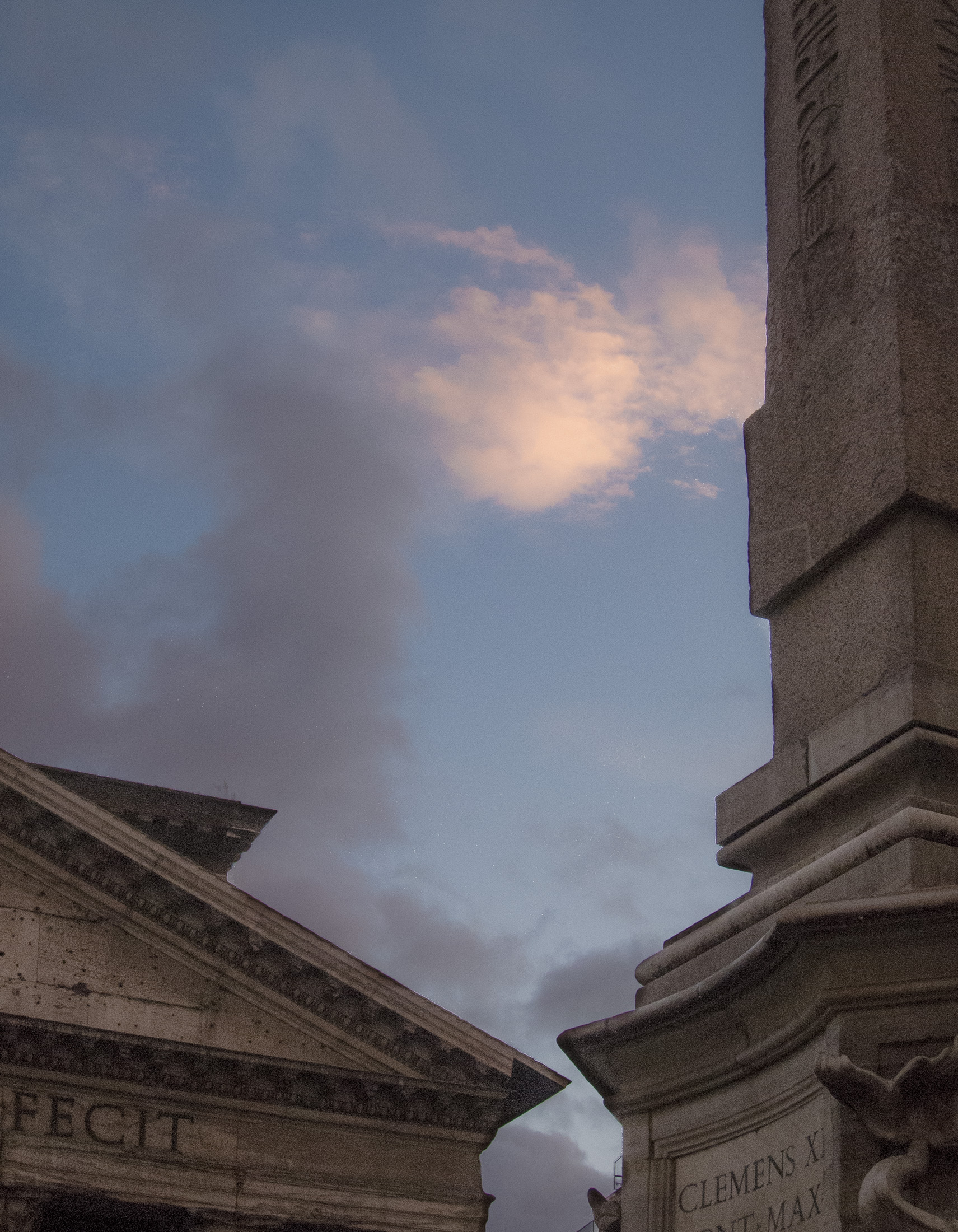
Travel…
“Travel is fatal to prejudice, bigotry, and narrow-mindedness, and many of our people need it sorely on these accounts. Broad, wholesome, charitable views of men and things cannot be acquired by vegetating in one little corner of the earth all one's lifetime.”
– Mark Twain
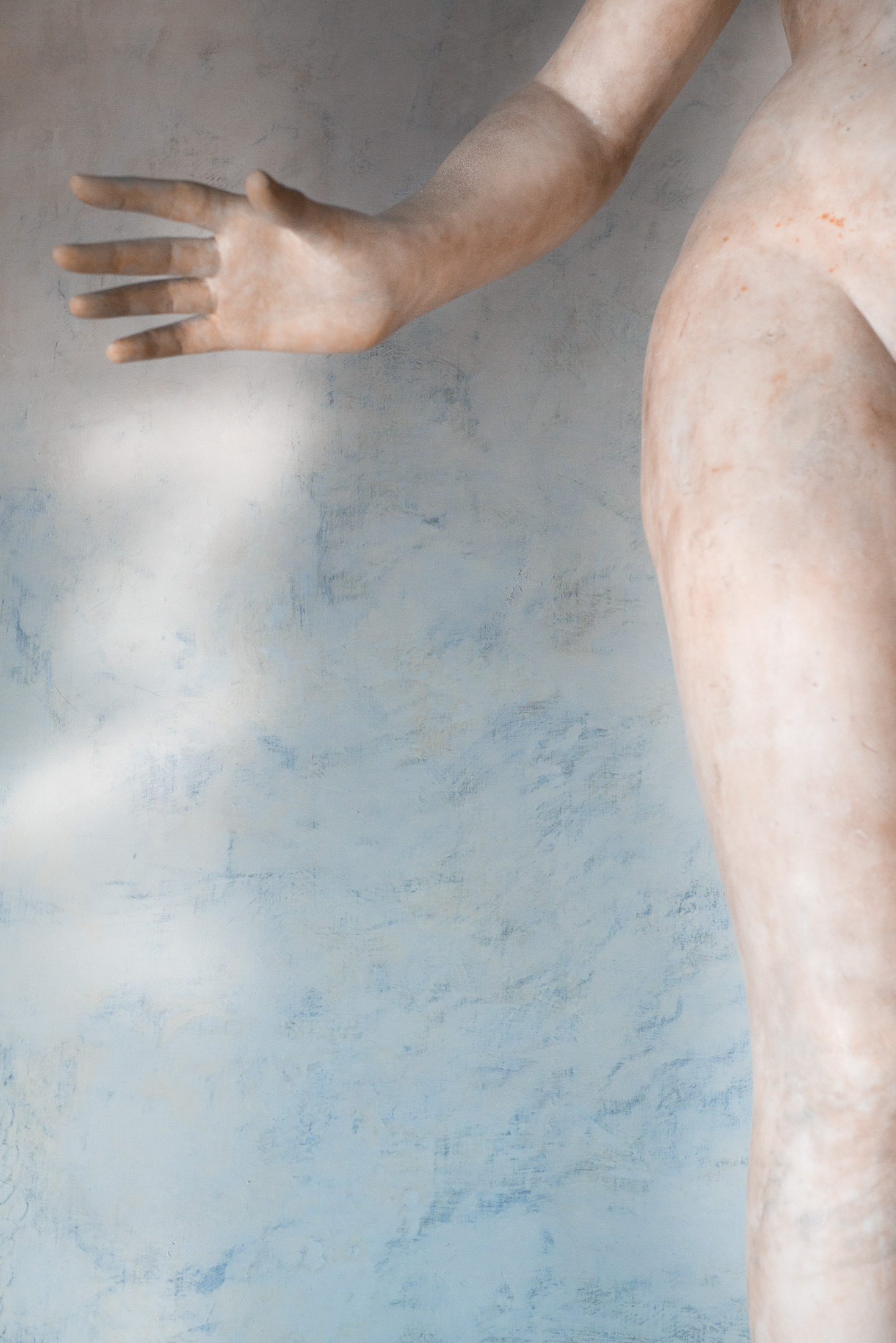
The World…
“The world is a book and those who do not travel read only one page.”
– St. Augustine

The Road…
“Our battered suitcases were piled on the sidewalk again; we had longer ways to go. But no matter, the road is life.”
– Jack Kerouac
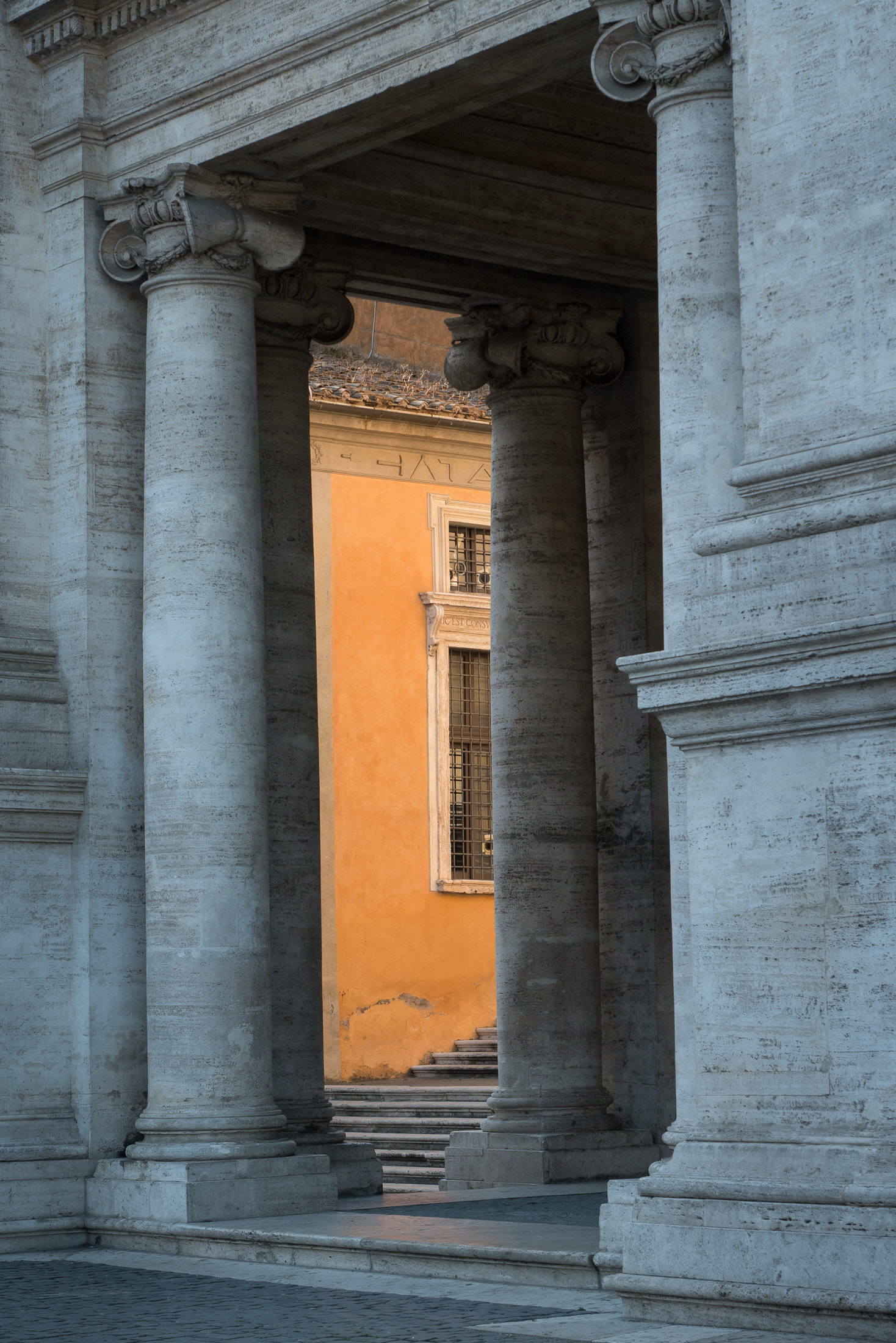
Destination…
“One’s destination is never a place, but a new way of seeing things.”
– Henry Miller
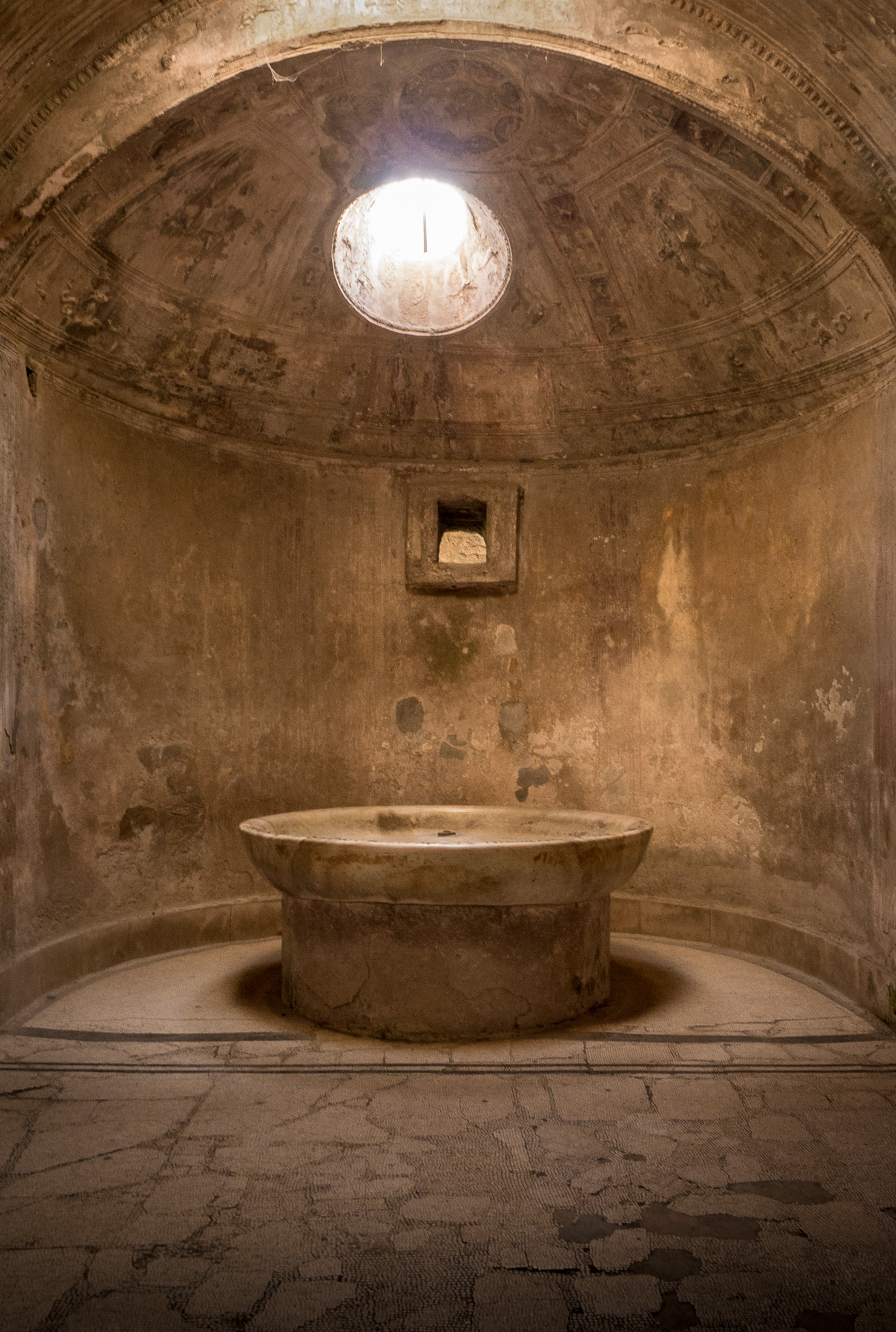
Explore. Dream. Discover.
“Twenty years from now you will be more disappointed by the things you didn’t do than by the ones you did do. So throw off the bowlines, sail away from the safe harbor. Catch the trade winds in your sails. Explore. Dream. Discover.”
– Mark Twain
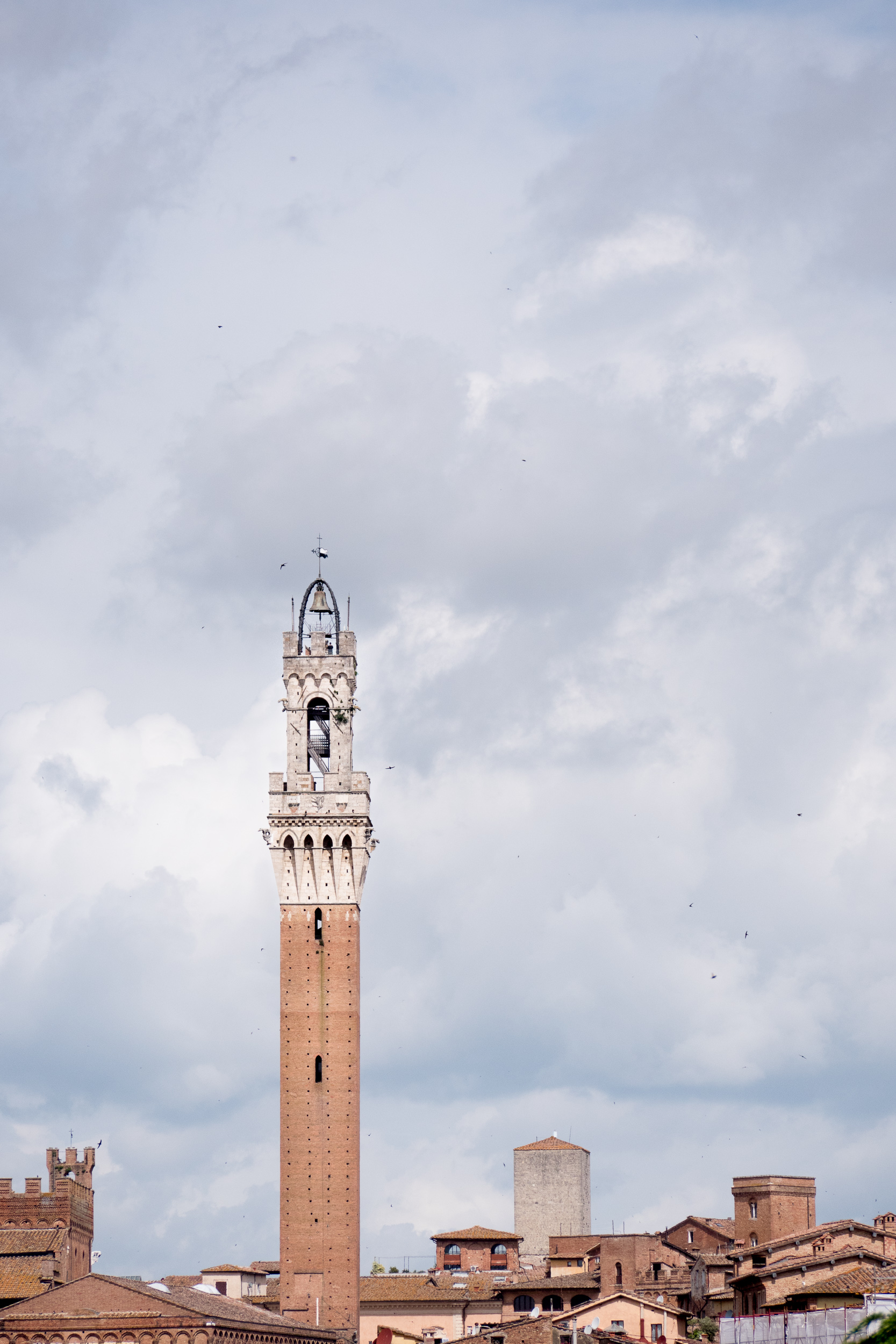
Smell…
“The first condition of understanding a foreign country is to smell it.”
– Rudyard Kipling
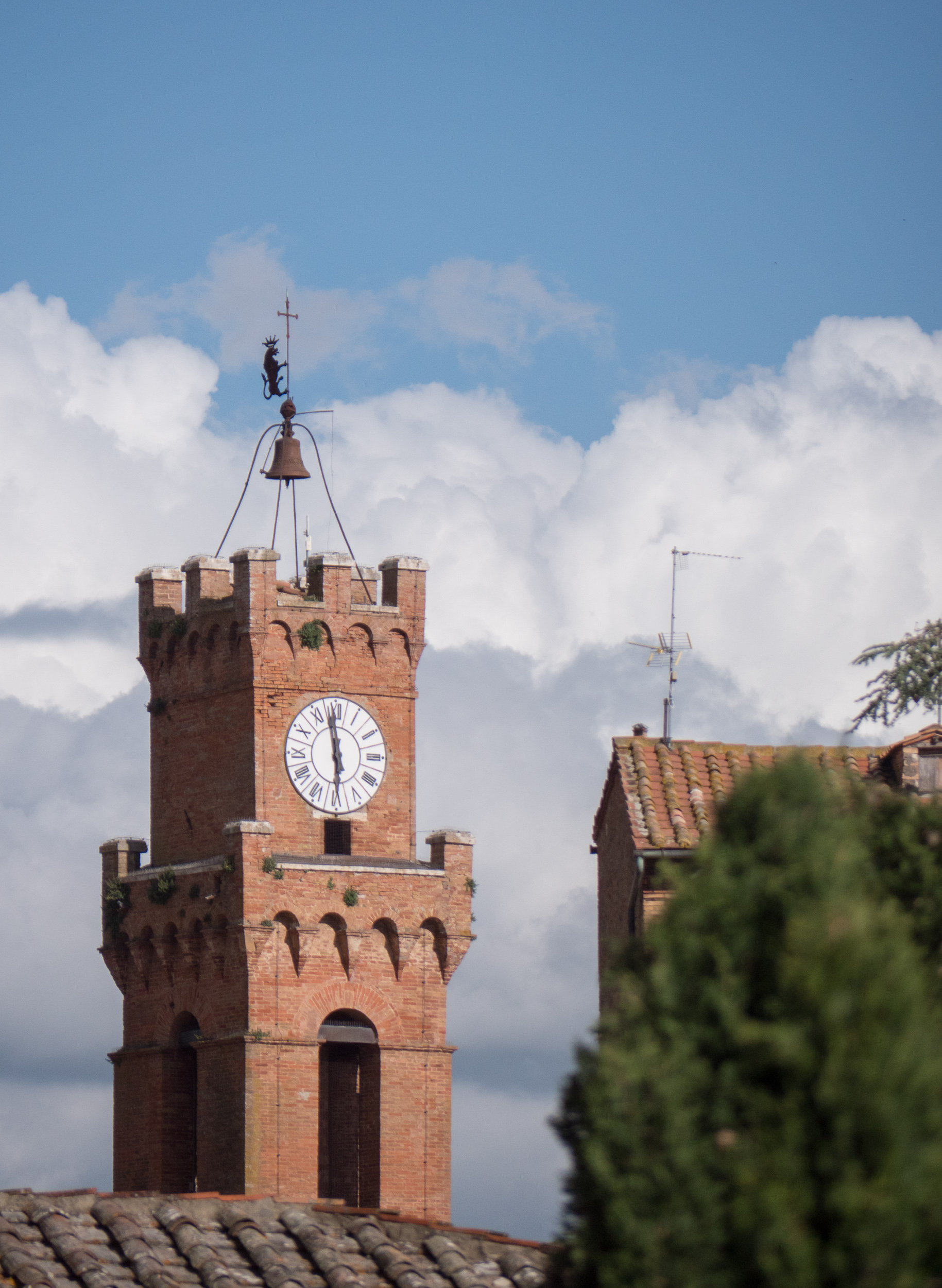
The voyage never ends…
“Once you have traveled, the voyage never ends, but is played out over and over again in the quiestest chambers. The mind can never break off from the journey.”
– Pat Conroy
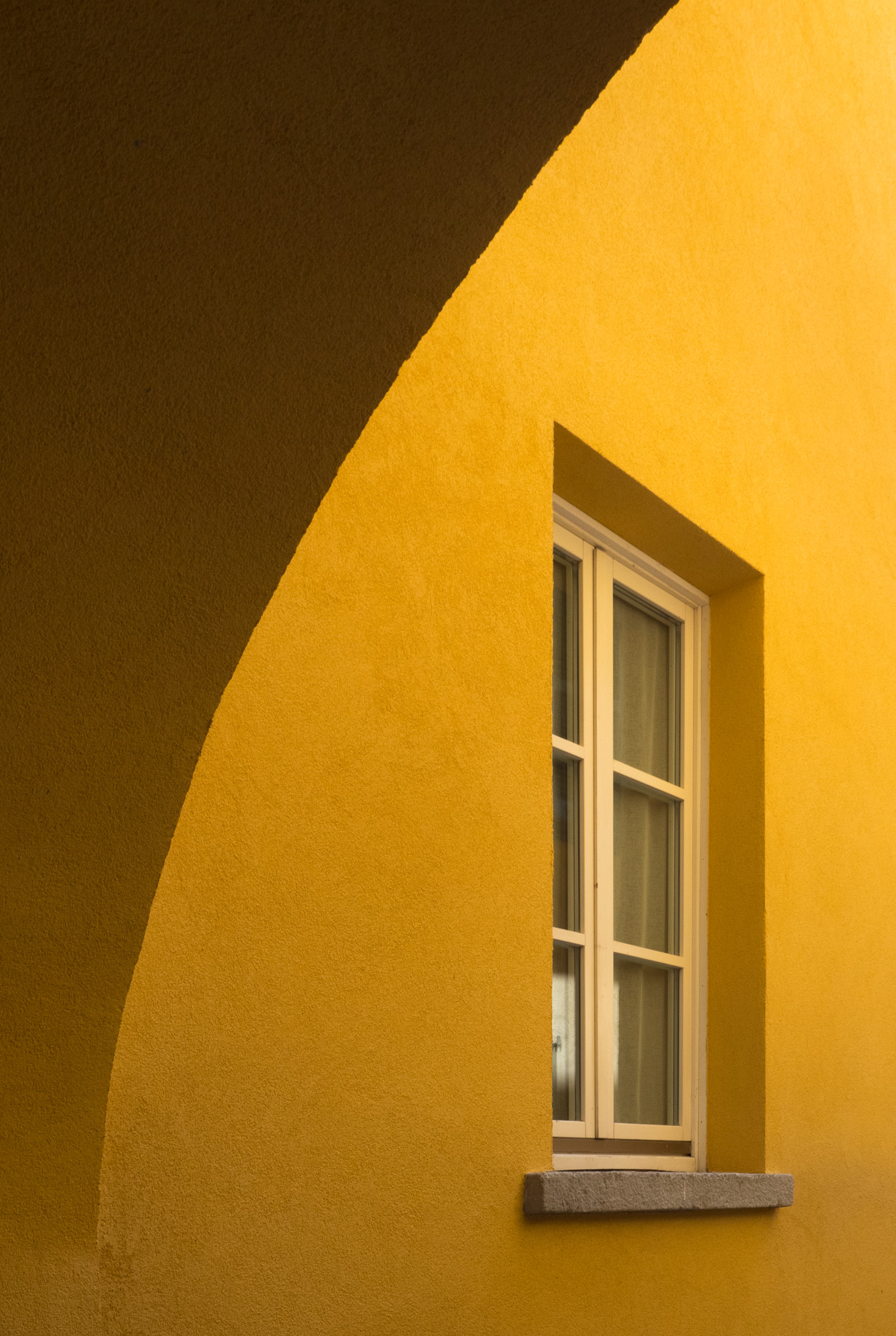
If you…
“If you reject the food, ignore the customs, fear the religion and avoid the people, you might better stay at home.”
– James Michener
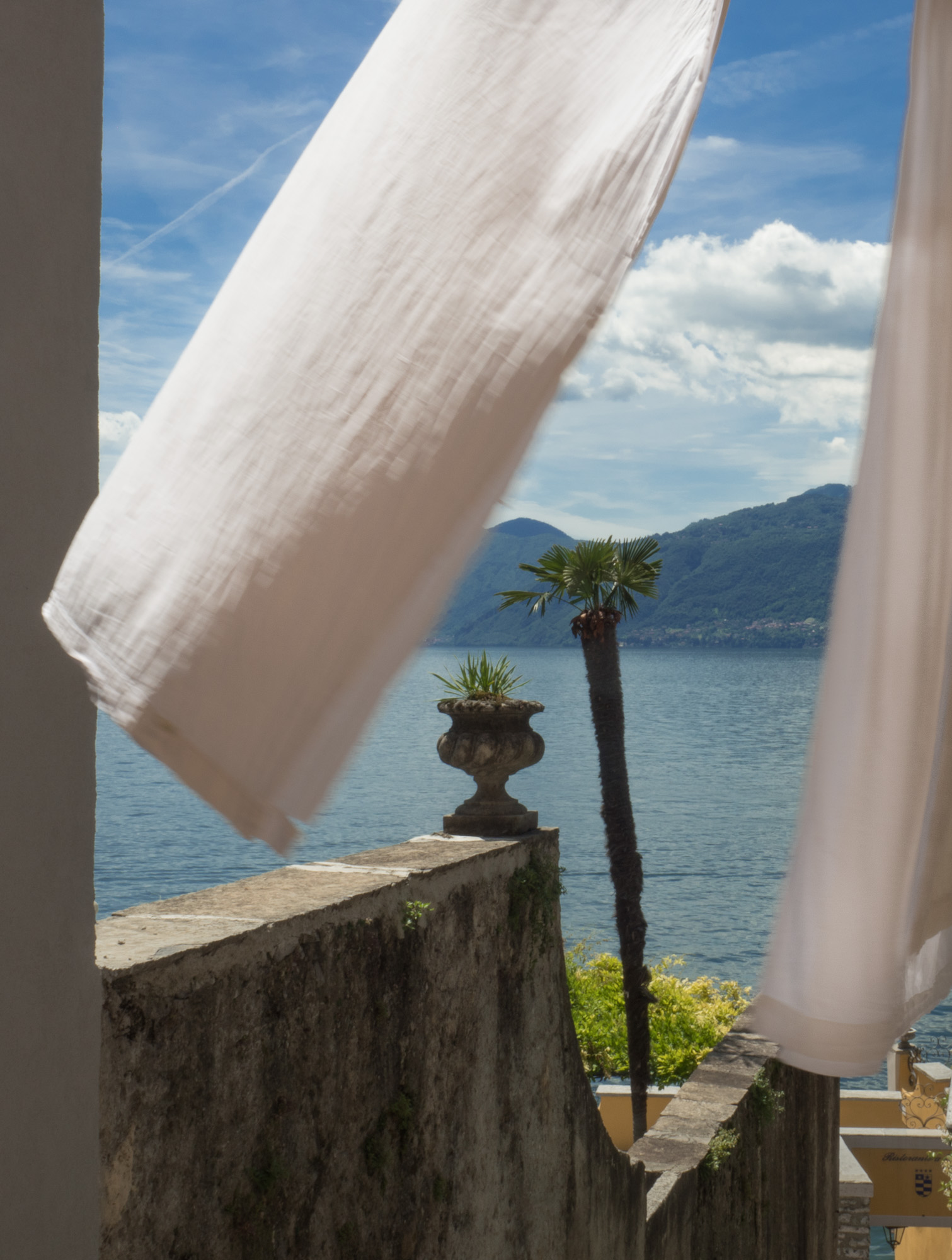
More than the seeing of sights…
“Travel is more than the seeing of sights; it is a change that goes on, deep and permanent, in the ideas of living.”
– Miriam Beard
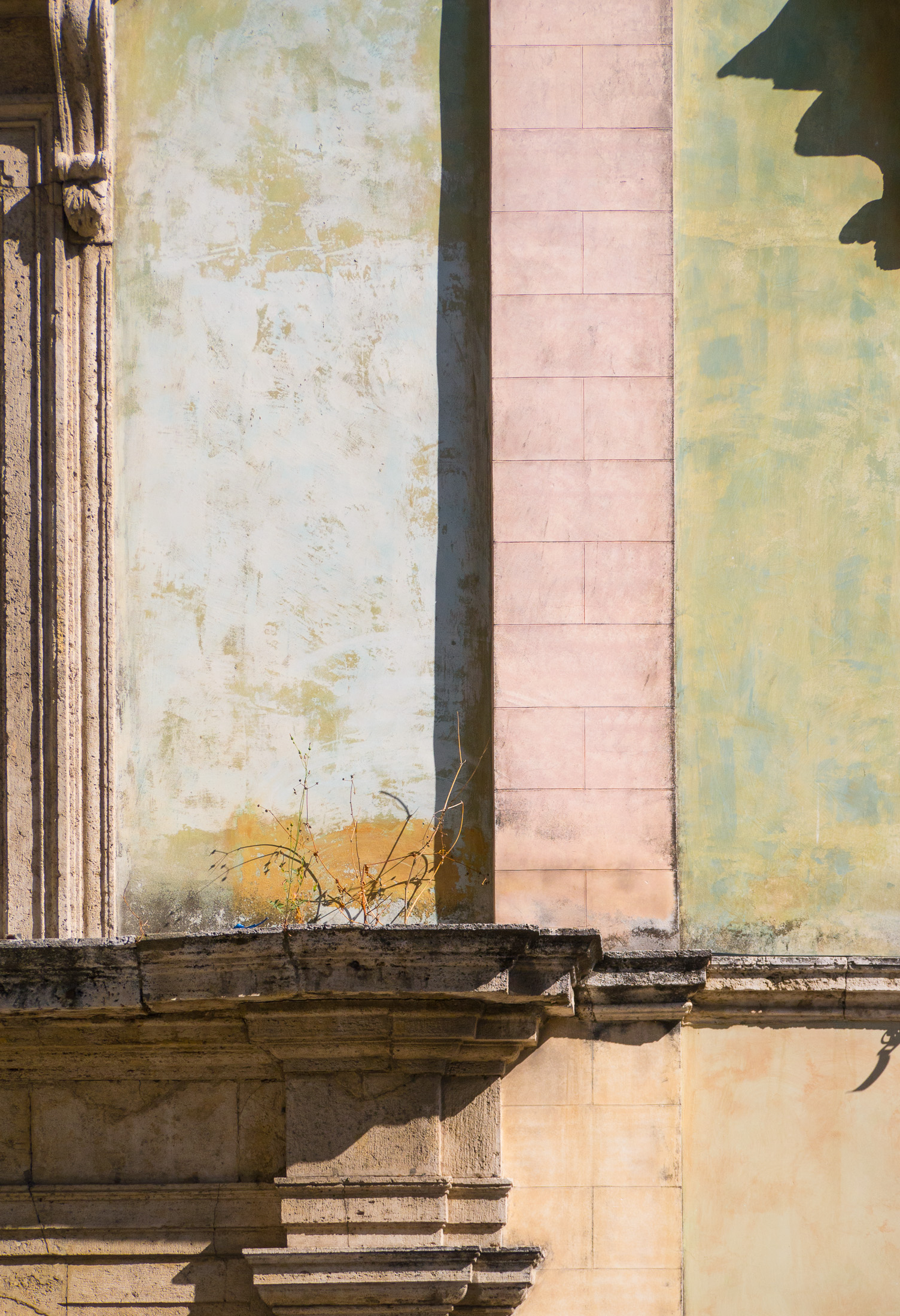
Become friends…
“Perhaps travel cannot prevent bigotry, but by demonstrating that all peoples cry, laugh, eat, worry, and die, it can introduce the idea that if we try and understand each other, we may even become friends.”
– Maya Angelou
